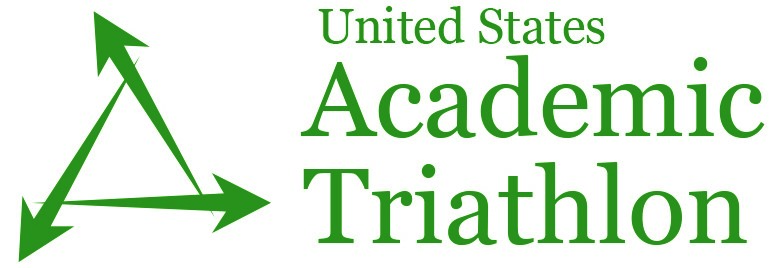We hope you all had a great time at Round Robin #1! Many teams came back for yet another season, but we also had the chance to welcome new teams to the fold. In a perfect world, the students came together and sparked immediately in a shower of creative fireworks. In reality, even the most seasoned Triathletes can use a little nudge back into sync from time to time.
Since it’s the beginning of the season, we thought we’d provide a “getting to know you” activity for the students. It’s a dash of P.A.RT.Y. in a Box and mixed with a Mind Sprint’s ticking clock. We’d love to see the results of this role-playing activity. Please, send any finished interviews, images the activity inspires, and videos of our students giving it a whirl to Alison@usacademictriathlon.com.

Objective: Use an interview structure to refresh acting skills and help the students get to know each other better to boost creative flow.
Quick Set-up: An activity for 1 or more. Download and print the interview questions template, or answer the questions below as a verbal activity.
Conducting the interviews: We ask our Triathletes to introduce themselves at Round Robin #1 every year. Now, it’s time to think about who you’d like to be rather than who you are. Use the questions to create a fascinating life story for yourself. The sky is the limit when it comes to what can happen between now and 2050, so aim high when you talk about your accomplishments and aspirations as your adult self.
Take turns acting as an interviewer, be it for a local newspaper, Time Magazine, or your future child’s family history project. Feel free to add or skip any questions you don’t feel like doing. Some people may wish for time to write down their responses in advance, and others may feel ready to jump right in. Use these questions in whatever way works best for you!
Bonus activity: Use your Competition Kit or things around the home or classroom to create one prop your future self would use to add interest to their interview. Refer to it at any point during the dialog and tell a story.
Interviewer: Briefly introduce yourself for the “audience,” then proceed to the questions.
Interview Questions
- What an interesting life you’ve lived! Are there any moments that stand out to you the most?
- You are a person of many talents. What would you say you are the best known for at this point in your life?
- Did that take any training or classes to be able to do that? Maybe a mentor or someone who made a real difference?
- When you aren’t busy with that, how do you spend your free time?
- Do you do all of that by yourself, or do you have friends or family who do that with you?
- What about pets? Do you have a furry friend or slippery serpent in your life? Does your pet require any special care?
- Do you have a favorite book or quote that inspired you along the way?
- What’s in store for you next? Do you have any goals for the second half of the century?
- Thank you so much for your time. Do you have any parting words or advice for young people today?





